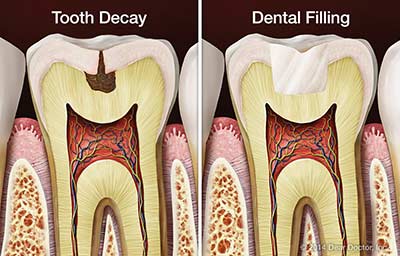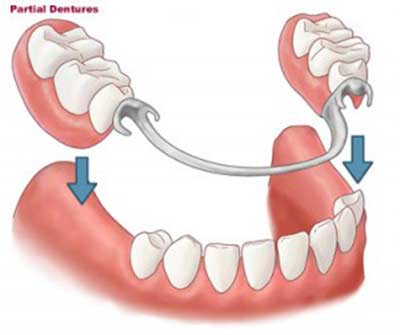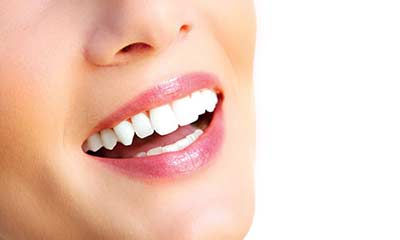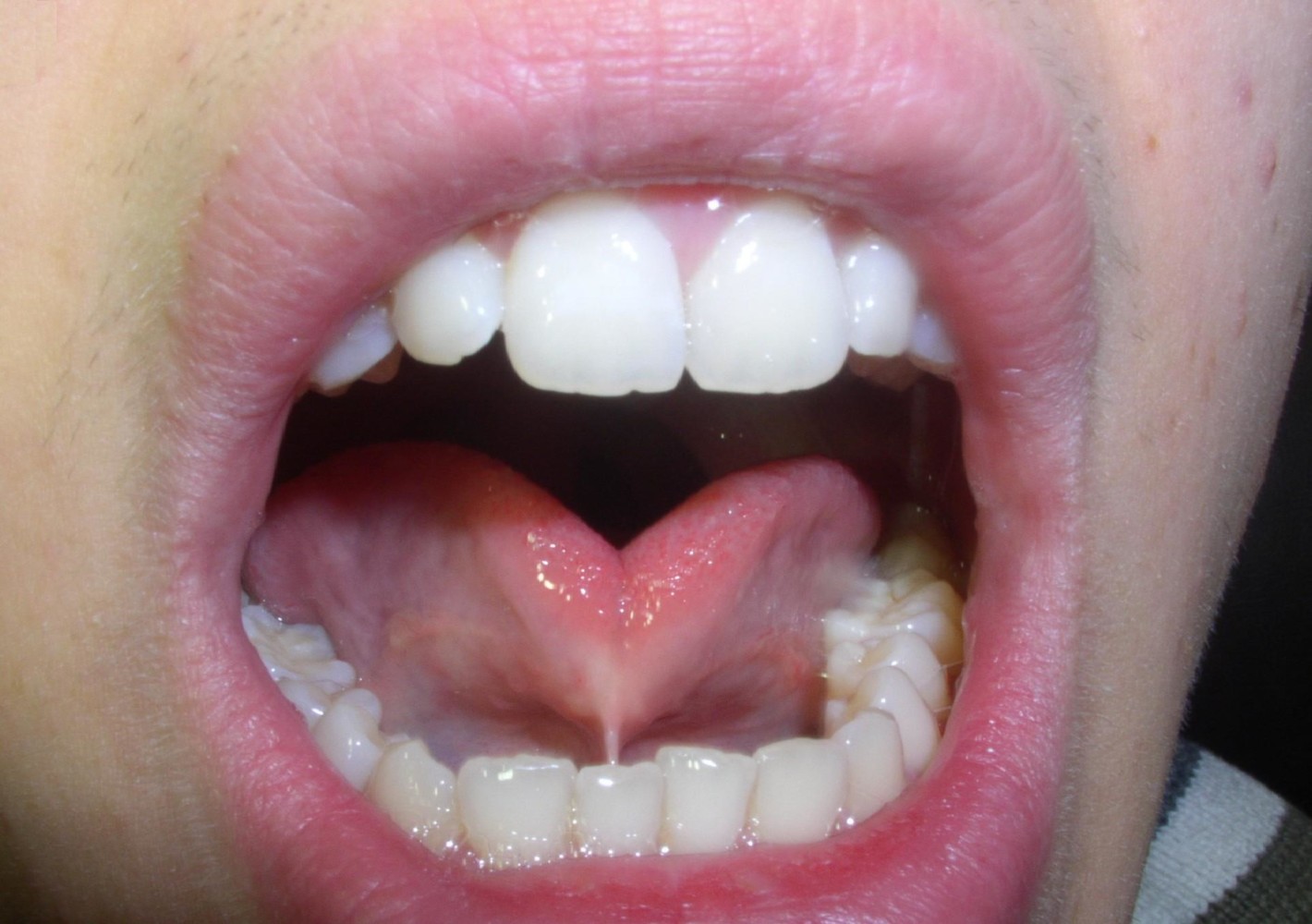Orthodontic treatments can restore the function and aesthetics of your teeth while increasing your self-confidence. Today’s braces are no longer used for just teenagers and young patients. Many adults have undergone orthodontic treatment to enhance their smile. Orthodontic treatments work by repositioning your teeth and their underlying roots.
Orthodontics can:
- Create a well-aligned smile
- Correct and protect your bite
- Help with jaw problems
- Maximize the functionality of your teeth and gums
- Make it easier for you to maintain good oral hygiene
There are two types of orthodontic treatments that we provide at Apollonia Dental Clinic: Traditional braces and Invisalign
Traditional braces
Traditional braces consist of standard metal or ceramic brackets that are adhered to your teeth with an adhesive and connected by wire. They require periodic tightening so pressure can gradually straighten your teeth and align your jaw as needed.
Invisalign
If you want to straighten your teeth naturally without traditional braces, Invisalign may be just what you need. This innovative procedure moves your teeth through a series of clear plastic aligners
How Invisalign Works
Using advanced 3D computer-imaging technology, you can see your complete treatment plan, from your teeth’s starting position to the final, desired outcome. A series of clear aligners is then custom-designed for your teeth to move them gradually.
Each aligner is worn for approximately two weeks, during the day and at night. When your teeth have moved to a certain point, your current aligner will be replaced by the next aligner in the series.
Benefits of Invisalign
Because they are clear, people often will not know you are wearing these aligners. Invisalign also fits into busy lifestyles. You can play sports and remove the aligners to eat and drink as you would normally. Their removability also enables you to brush and floss without restrictions, allowing you to maintain proper dental hygiene.
Unlike braces, there are no metal wires or brackets or wires that can irritate your mouth or cut your gums and cheek. Since Invisalign does not need to be adjusted, you will spend less time visiting the dentist’s office.
Who is a Good Candidate?
Not all patients can undergo this treatment. Invisalign is not recommended for children because the aligners must be removed frequently and require a certain level of patient responsibility and cooperation. As well, invisalign is not recommended for patients who require significant tooth movement or jaw realignment.
















